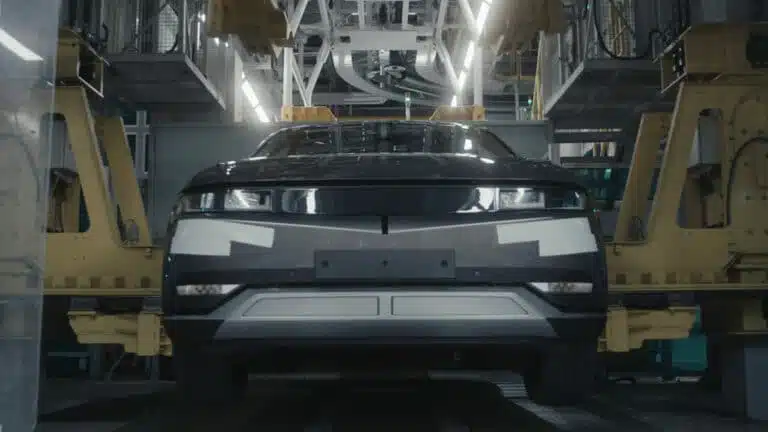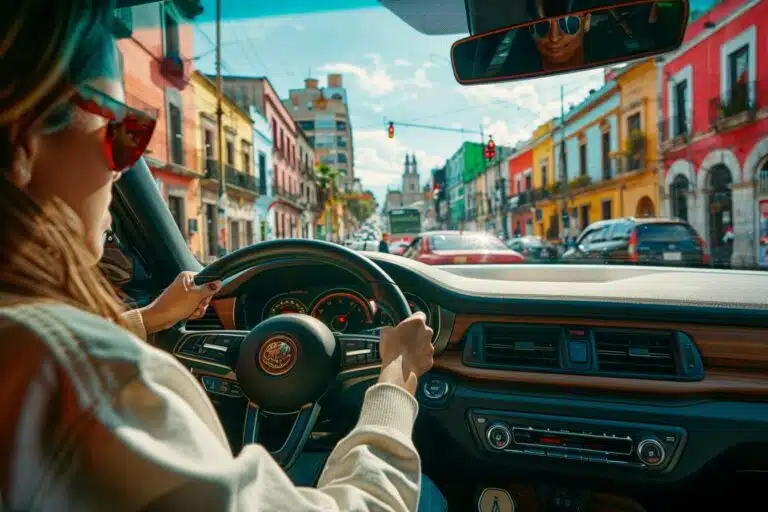Efficient and cost-effective transportation options
Mobility is a fundamental aspect of everyday life, as it influences our time, budget, and environmental footprint. There are multiple transportation options that adapt to the needs of citizens and offer a combination of efficiency and economy. From alternatives like carsharing and motosharing to the use of bicycles or public transportation, exploring these varieties allows not only to save on costs but also to contribute to a more sustainable environment. Taking advantage of these options is key to a more conscious and viable future in our cities.
Currently, the search for transportation options that are both efficient and economical has become essential to reduce costs and minimize environmental impact. From the use of shared vehicles to public transportation, various alternatives offer not only financial savings but also benefits in terms of sustainability. Below, we will explore the most prominent options in this area.
Carsharing: the flexibility of having a car without owning it
Carsharing has become a popular option in many cities, allowing users to access a vehicle when needed without the costs associated with car ownership. This model of collaborative economy not only reduces significant costs in fuel, maintenance, and insurance, but also helps to decrease urban traffic and pollution.
Public transport: the most efficient option
Public transport is one of the most effective ways to get around the city economically. Modes such as buses, trains, and subways offer affordable fares and discounts for students, the disabled, and seniors. Furthermore, by using public transport, there is a significant reduction in the number of vehicles on the road, which contributes to improving air quality and reducing congestion.
Bicycle mobility: health and efficiency
Using a bicycle as a means of transportation not only represents savings in transport costs but is also a healthy option. As part of the urban mobility pyramid, the bicycle is efficient in terms of space, energy, and public health. Cities are beginning to invest in infrastructures for cyclists, creating safe and accessible spaces to promote its use.
VMT: vehicle rental on demand
The vehicle rental service, also known as VMT (Vehicle Miles Traveled), has expanded in cities as an alternative to car ownership. This model allows users to access vehicles without the permanent expenses, thus avoiding maintenance and insurance costs. Platforms like car2go or Zipcar have fleets of vehicles that can be reserved and used for short periods, adapting to the specific needs of each user.
Use of scooters and electric scooters
The arrival of scooters and electric scooters in the market has also revolutionized urban mobility. These modes of transport are ideal for short distances and offer a fun and agile travel experience. Their use has increased considerably thanks to the emergence of applications that allow for the easy and quick rental of these vehicles, without worrying about parking or fuel consumption.
Shared trips: the power of community
Carpooling platforms have gained popularity in recent years, facilitating the organization of shared trips among people heading to the same destination. This option not only helps to reduce fuel expenses but also decreases the number of vehicles on the road, resulting in a lower carbon footprint. Applications like BlaBlaCar provide an effective way to connect with other travelers and optimize costs.
Sustainable initiatives for mobility
Finally, it is essential to highlight that the commitment of cities to sustainable mobility is fundamental. The implementation of electric trains, subway systems, and trams are some of the initiatives that have proven to be efficient and environmentally friendly. These transportation alternatives not only help to save costs, but also represent a significant step towards a greener future.
For more information on how to optimize fuel use and reduce related expenses, you can visit this link or explore the importance of emission standards. It is also interesting to read about the possible consequences of a new fuel tax.
In today’s world, the search for more efficient and economic transportation options has become essential, especially with the increasing environmental awareness and the need to reduce costs. One of the most notable alternatives is carsharing, which allows users to access a vehicle without the need to own it, saving on maintenance, insurance, and fuel costs. This system has proliferated in cities where parking and traffic are problematic.
Another increasingly popular option is motosharing. Like carsharing, this service offers motorcycles for temporary use, providing a quick and agile solution for moving around congested urban environments. Moreover, electric scooters have gained traction for their ease of use and fun, becoming an ideal means of transportation for short trips.
The bicycle stands out as an economical and sustainable means of transportation, promoting not only economic savings but also personal health and well-being. Cities that implement adequate infrastructures for cyclists see an increase in the use of this mode and, in turn, a reduction in pollution.
We cannot forget about public transport, which, although it may seem less flexible, is one of the most affordable options in most cities. Its massive use contributes to reducing traffic and lowering emissions of polluting gases, making it an essential option in the fight for a more sustainable future.
In conclusion, when making decisions about how to get around, it is crucial to consider these transportation options that are not only economic, but also contribute to a healthier and more sustainable environment. Adopting one or more of these alternatives can significantly improve the quality of life while helping to preserve our planet for future generations.



